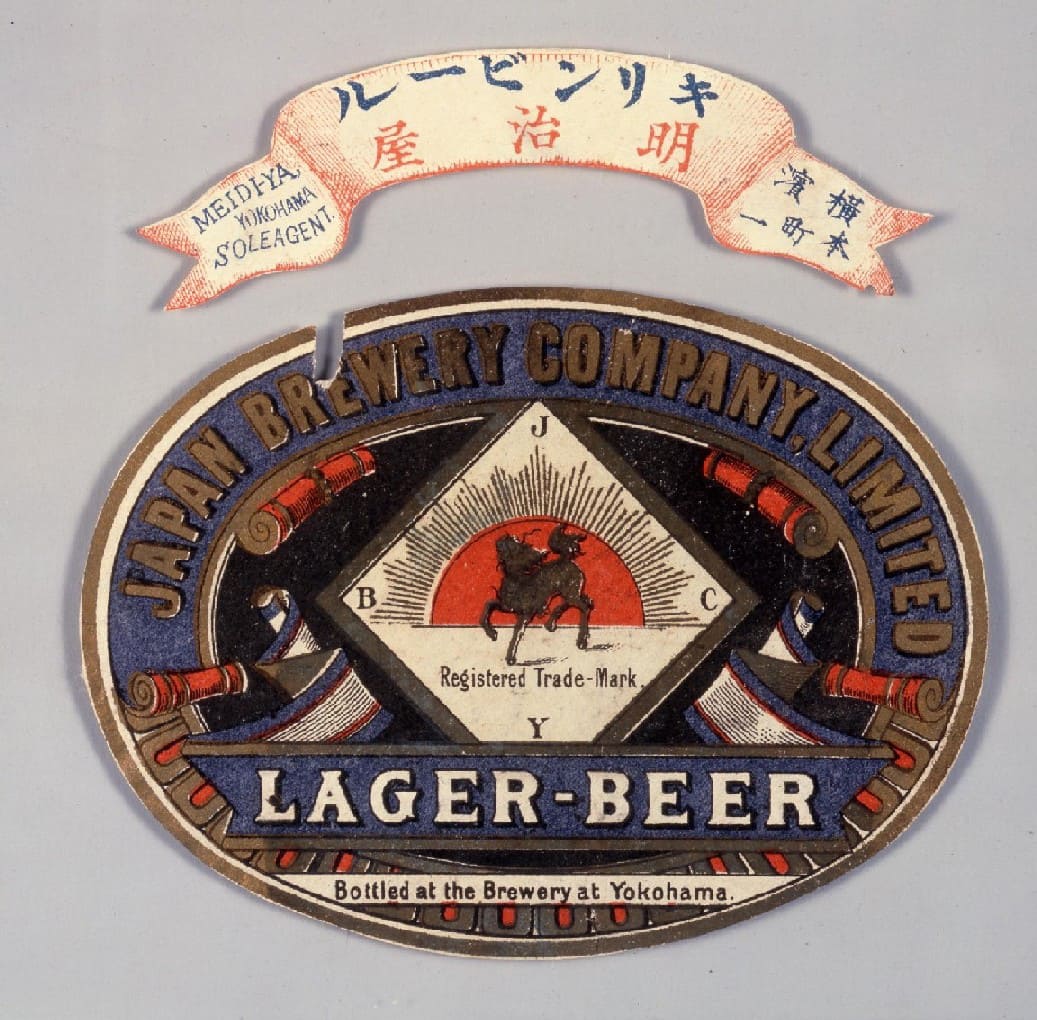Our Roots A history of rising to the challenge vol.17
Hisaya Lays Groundwork for Mitsubishi's Organizational Strength
We focus on how Mitsubishi's third president, Hisaya Iwasaki, spur red further business diversification and the development of a modern system of management.
Hisaya, the son of Mitsubishi founder Yataro Iwasaki, returned to Japan in 1891 after spending five years studying in the U.S. At that time, the U.S. was achieving robust growth centered on the coal, oil and steel industries, while influential capitalists such as Carnegie, Rockefeller and Morgan rose to prominence. Meanwhile, Japan had issued its constitution, inaugurated a national assembly and established the Imperial University while striving to enhance its standing as a modern nation. With the introduction of a new commercial code, Mitsubishi reorganized into a limited partnership company in 1893 and Hisaya took up the presidency at the age of 28. He would go on to serve as president for more than two decades as modern industry continued to take root in Japan.
Diversification at Mitsubishi had begun under Hisaya's uncle, Yanosuke. Hisaya pushed ahead to solidify fledging ventures in new fields while heeding the counsel of company executives. At that time, most of Mitsubishi's earnings came from mining. In addition to expanding the company's coal business, Hisaya acquired metal mines across Japan and also purchased a metals refinery in Osaka. With the expansion of coal and copper production, Mitsubishi aggressively pursued export business in addition to its domestic operations. The shipbuilding industry was also growing. Hisaya took steps to modernize the Nagasaki Shipyard while also building new shipyards in Kobe and Shimonoseki. After constructing a modern business district in Marunouchi, Mitsubishi sought to further develop its real estate business and the company's banking and trading operations continued to grow. Mitsubishi also became involved in coke and steel production while taking part in the launch of new ventures such as Kirin Brewery.
Diversification and expansion created new challenges for management. In 1908, Hisaya introduced a bold policy to transfer authority to individual departments, along with control over a certain amount of capital, in an effort to raise awareness about business expenses. Eventually, the company developed an organization comprised of eight departments, covering operations such as banking, shipbuilding, administration, metals mining, trading and coal mining. This was the precursor to today's system of business divisions and reflected Hisaya's vision of "having specialists in each department take responsibility for managing their respective operations." It also began the transition away from the one-man style of management established under Yataro toward a modern style of company management. As such, it represented a turning point in the development of Mitsubishi, which would later become known for the strength of its organization.

Hisaya Supports the Launch of Kirin Brewery
The Spring Valley Brewery began producing beer in Yokohama around 1870. A group of foreign entrepreneurs living in Yokohama later purchased the brewery and established Japan Brewer y wit h the support of Yanosuke Iwasaki and other Japanese investors. Although beer was not widely consumed by Japanese in those days, Meidi-ya commenced sales for the brewery under the Kirin label in 1888.
Meidi-ya's second president later developed a plan for buying out the brewery. He tracked down Hisaya, who was about to embark on a trip to China, and managed to secure his support through negotiations conducted aboard the Shanghai-bound ship. The buyout was executed in 1907 as Meidi-ya and the Iwasaki family, together with NYK, joined forces to establish Kirin Brewery. After the Great Kanto Earthquake in 1923, a new plant was constructed in Yokohama's Tsurumi district. Additional plants were built in other cities across Japan as well as on the Korean Peninsula and in Manchuria.